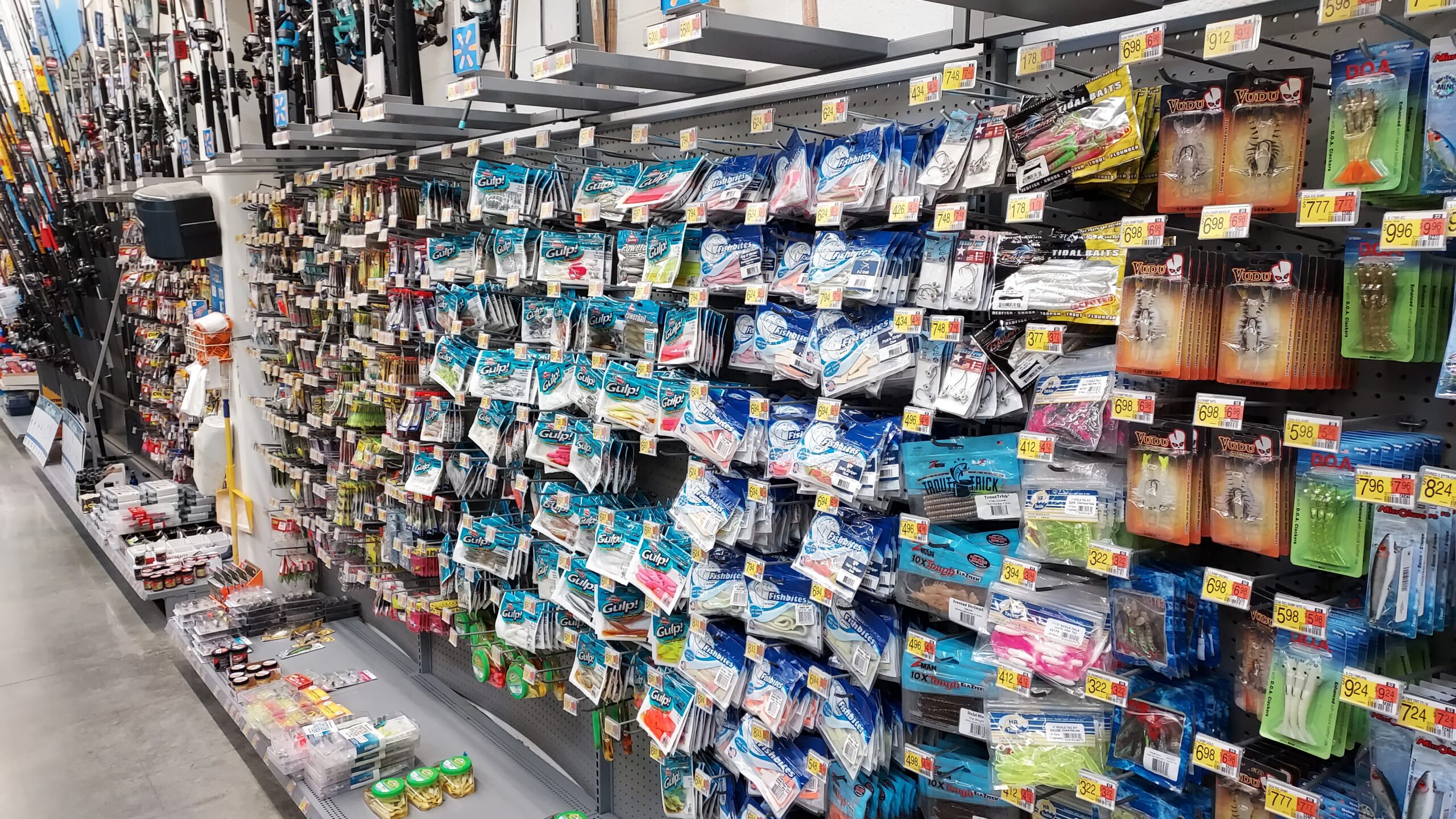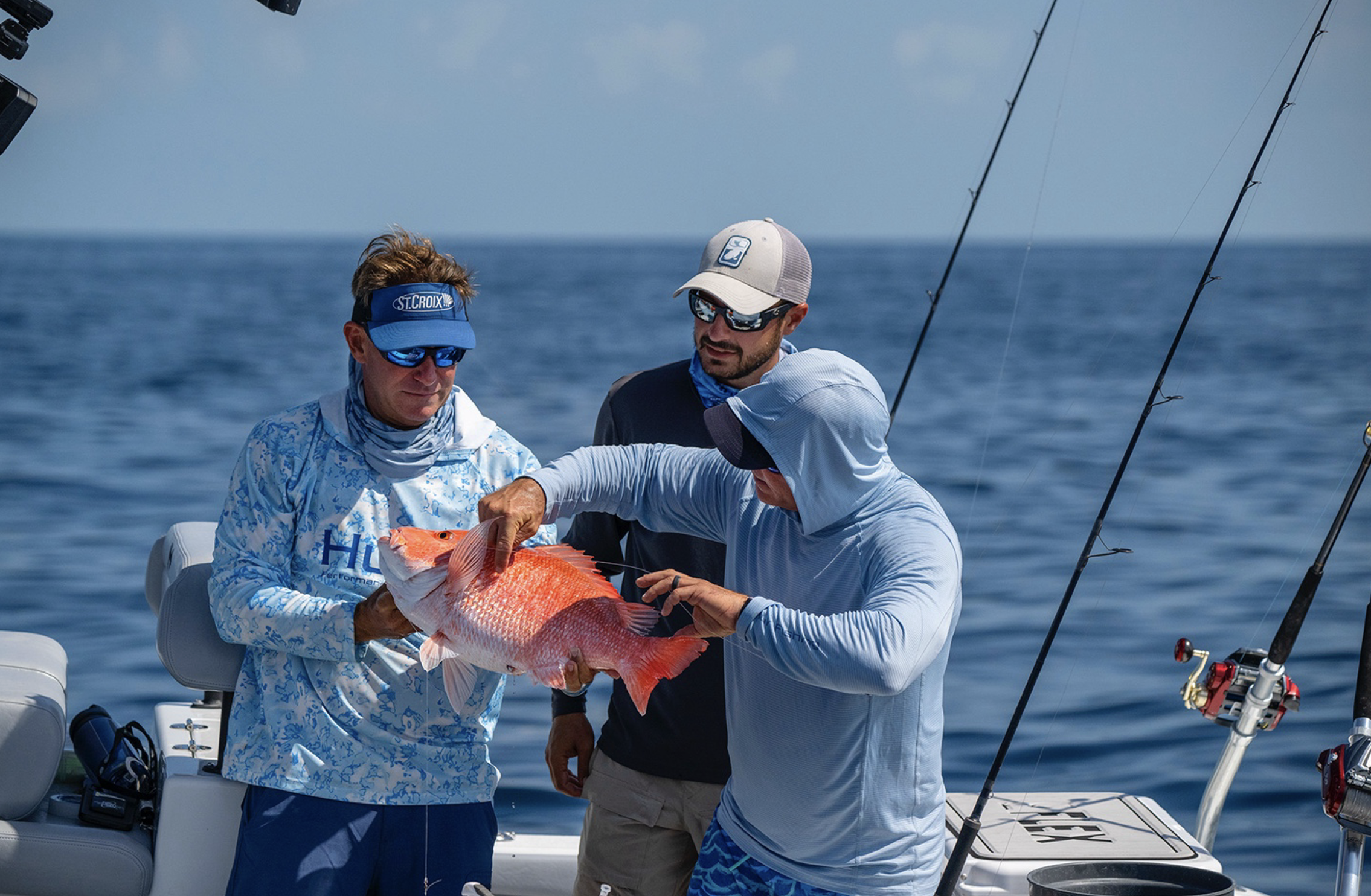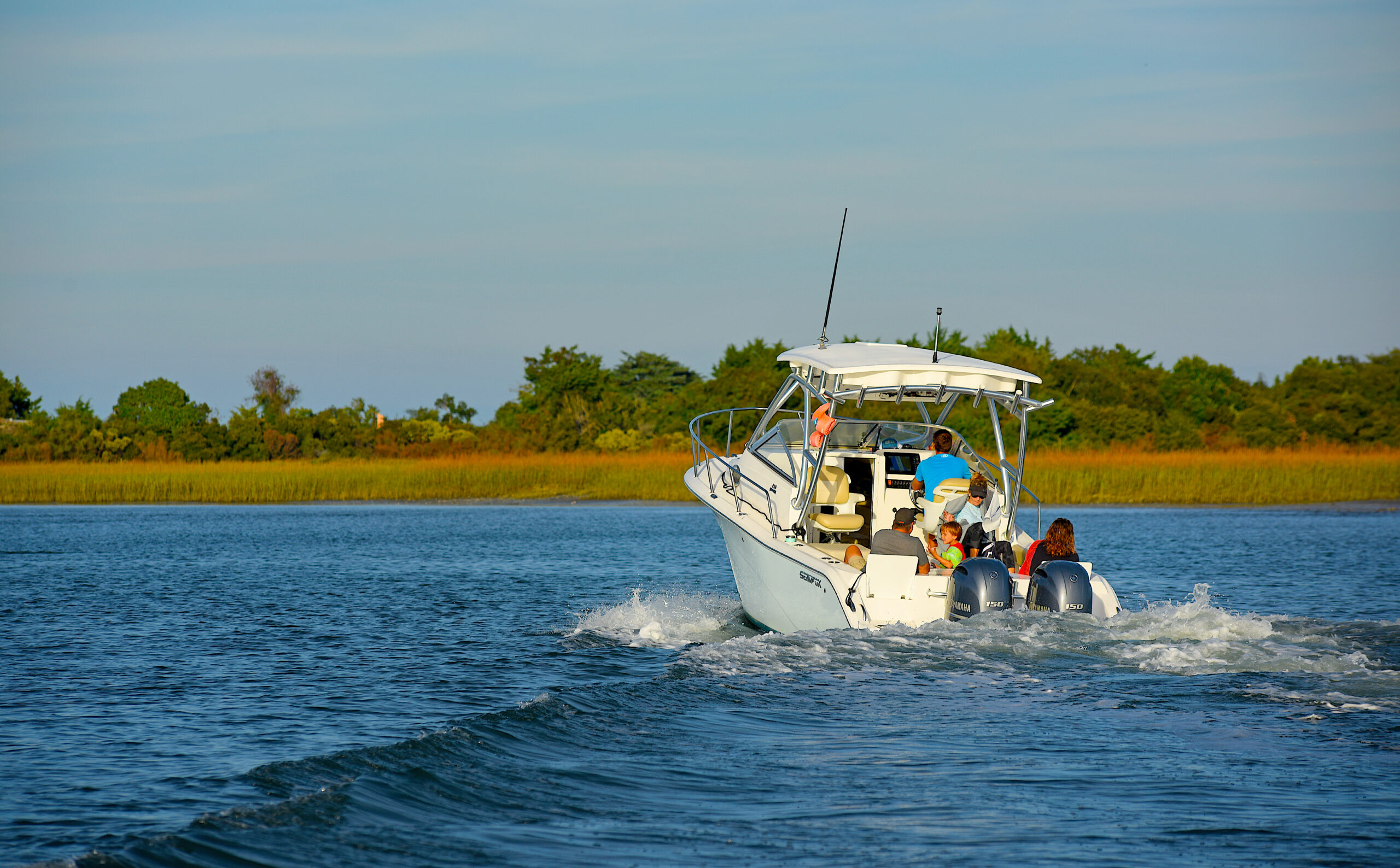How Can We Develop More Biodegradable Soft Bait Fishing Lures?

There’s a growing market for more eco-friendly lures — and now there’s a new blueprint for making and testing them.
Research Need
It’s a safe bet to say that anyone who has spent time fishing has probably lost fishing tackle — either to the one that got away (we’d all like to believe) or, more likely, to the dock, pier piling, submerged logs, or oyster rock. And by fishing tackle I mean those items at the end of your fishing rod that are instrumental to catching fish, such as line, hooks, weights, floats, and especially both those hard and soft bait fishing lures. (Think of those soft artificial baits that you empale with a jig head — a combination that is supposed to represent bait for a larger fish to eat).
Soft fishing bait lures are enormously popular. Many seasoned anglers will tell you that fishing with artificials, as opposed to natural bait on a hook, is the only way to fish (at least for some species).
But there is a lesser-known environmental challenge with soft bait fishing lures: many are made from combinations of compounds that include polyvinyl chloride — or PVC — the same non-degradable material used to construct plumbing pipe. The plastics in many soft fishing lures allow the lures to maintain their original shape and withstand fish bites, all while behaving like real bait. That downside is that these lures — if lost — could remain in the environment for a long time, and, in the worst-case scenario, indefinitely.
Now, there are some biodegradable soft fishing lures on the market, and with increased environmental awareness among anglers, there is clearly a growing market for them. But existing manufacturers are not likely to give away their proprietary lure ingredients.
How could someone design and test a new biodegradable soft bait fishing lure? Where would they start?
What did they study?
A team of scientists created multiple versions of soft bait fishing lures using different combinations of the same ingredients: deionized water, garlic powder, xanthan gum, beef gelatin, vegetable glycerin, food coloring, and non-plastic glitter. The manufacturing process involved mixing, heating, and then injection molding.
The team evaluated eight prototype lures through a series of lab tests to determine strength, heat resistance, swelling, viscosity, and porosity.
What did they find?
The amount of water in each prototype has a significant impact on the lure’s functionality.
Some of the major findings from the research are highlighted below:
| Low % water | High % xanthan gum | Highest strength; lowest porosity; increased size and weight from swelling test; difficult to manufacture |
| High % water | Low % beef gelatin | Least amount of swelling |
| High % water | Low % vegetable glycerin | Best heat resistance properties |
These results might not be all that surprising for those in the fishing lure manufacturing industry, but they should be of interest to some anglers and would-be gear developers.
The authors report that their specific formulations are confidential, but an interesting aspect of the study is that the not-to-difficult process of mixing, heating, and injection molding homemade baits for testing is well described and laid out plainly for others to follow.
Anything Else?
The authors suggest that there is greater potential for biodegradable lures to pass through or be digested by fish if swallowed, thus increasing the chances for fish to survive if they consume lures.
So What?
Increased availability and use of biodegradable soft fishing lures has the potential to decrease the amount of lost fishing gear in the marine environment. Studies such as this can help identify what natural products to include (and exclude) in new lures.
Will we eventually see new biodegradable fishing lures from this group of scientists or others?
Reading
Legault, Ryan, Emad Naseri, Elias Madadian, and Ali Ahmadi (2023). Development of a biodegradable soft bait fishing lure. Fisheries Research. https://doi.org/10.1016/j.fishres.2023.106738
This work was funded through the Mitacs Accelerate Program (IT23608).
BY SCOTT BAKER.
The text from Hook, Line & Science is available to reprint and republish at no cost with this attribution: Hook, Line & Science, courtesy of Scott Baker and Sara Mirabilio, North Carolina Sea Grant.

- Categories:



